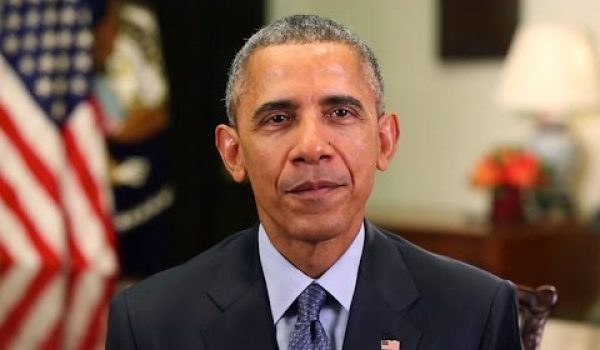
It really doesn’t matter at this point how Americans see the abrupt evacuation of our last forces in Yemen: a contingent of about 100 special operations troops.
What matters to the future of everyone, including Americans, is that we entered Yemen after 9/11, at the invitation of the government in Sanaa, to hunt terrorists. We did it with some success for years, although the metric shifted under Obama from improving the overall situation in Yemen to merely killing terrorists when the opportunity arose.
And now, a combination of local rebel forces, Iranian sponsors, and transnational terrorists – including Islamic State as well as Al Qaeda – has removed the government we were working with, and driven us out.
Will this presidential election be the most important in American history?

The basic narrative in recent days is this. The recent (and still very determined) president of Yemen, Abdu Rabbu Mansour Hadi, escaped effective detention by the Houthi insurgents in February, and is in the process as we speak of trying to install himself in the southern port city of Aden as the rightful president. He was elected in 2012, and is the president the U.S. has been cooperating with. He was ousted by the Houthi coup, but for the last month, reportedly with the help of (at least) Saudi Arabia, has been fighting for a comeback.

Southern and eastern Yemen, mostly east of Aden, have been the stronghold of Al Qaeda in the Arabian Peninsula (AQAP) and the Sunni tribes that host and work with them. This is the area where our Special Forces and drones have rolled up terrorists for so many years. As we would expect, it’s also a key area where the Yemeni civil war is shaping up. An additional factor in the mix is the security force still loyal to the previous president of Yemen, Ali Abdullah Saleh. Saleh is a political opponent, not an ally, of Hadi.

In the last couple of days, forces converging on Aden have been fighting for control of the international airport there. Many of the same factions have been fighting off and on for weeks in the areas around Aden, as map 4 shows. Now, basically, the fight for Aden is on.
The Gulf Cooperation Council – representing the Sunni Arab governments of the Persian Gulf region – made a key overture to Hadi in late February, taking up the question of recognizing Aden as the capital of Yemen while Hadi has his government there. There is no doubt that America’s longstanding partners in the region are backing Hadi. There’s also no doubt that the Hadi government – like the Saleh government before it – represented responsibility, stability, and continuity, whereas the Houthis represent rebellion, instability, and the hand of Iran.

What has come together at this key juncture is a collection of events that puts our evacuation in the worst possible light. With the fight for Aden on, Hadi’s viability and the hopes of our regional partners hanging in the balance, and now Islamic State claiming responsibility for an especially huge and bloody pair of bombing attacks in Sanaa – punctuating how the guerrilla-terrorist threat burgeons when the framework of stability breaks down – our noble terrorist-hunting troops are being evacuated, from just north of Aden, because it’s too dangerous for them to be there now. The precipitating event in fact is reportedly the takeover of a nearby town by our old nemesis, Al Qaeda.
This is what it looks like, in 2015, to collapse, and scurry away from danger with your tail between your legs. Of course we shouldn’t leave our 100 men in an exposed and vulnerable position. But we never had to be backed into this corner, and we will pay a very high price for this move.
This seemingly small event has an outsize meaning: it means nothing hangs in the balance anymore. America is not going to intervene decisively against the major trends in the Middle East. No one has any clues left to wait for on that score. In the tectonic realignment of the Middle East, we have reached not the beginning of the end, but, as Churchill would say, the end of the beginning. Things will start to change even more quickly now.
In the meantime, the principle that America flees from danger will pursue us into our own hemisphere sooner than we imagine.




